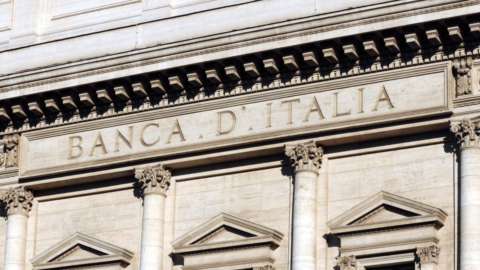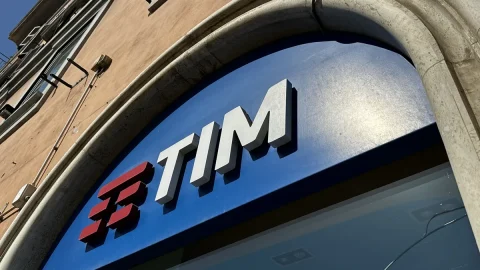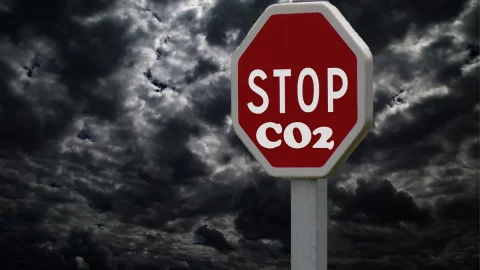No good news but no cheating come on Bank of Italy macroeconomic projections: with the war in Ukraine and the rise in inflation, the Italian GDP is getting thinner and thinner. Via Nazionale revises the estimates downwards for the three-year period 2022-2024 and warns that in the event of a cut in Russian gas supplies, our country will end up in stagnation. In that case theconsumer inflation, estimated at 6,2% in the baseline scenario, would increase sharply to almost 8%.
The projections are based on the information available as of May 18 for the formulation of the technical hypotheses and as of May 24 for the economic data. They therefore do not incorporate the data released by Istat on 31 May, relating to GDP growth in the first quarter of 2022, revised upwards by three tenths of a percentage point (to 0,1%), and consumer inflation in May ( equal to 7,3% based on the flash estimate).
Italian economy: markedly more contained growth
The war, inflation and the rise in prices have a devastating impact on Italy's GDP, which has been reduced several times in the space of a few months. Now, the Bank of Italy sees the growth slow down this year to 2,6%, from the 3,8% assumed in January, with a downward revision of the estimates also for 2023 (1,6%) and slightly higher for 2024 (1,8%), when it would benefit from the disappearance of the negative effects of the conflict and the reduction of inflationary pressures.
“Considerable support for economic activity comes from fiscal policy and the interventions outlined in National Recovery and Resilience Plan (PNRR)”, recalls the central institution, assessing that the aid measures for businesses and households to deal with the rise in energy prices, introduced in recent years and the interventions of the Pnrr “can raise the overall level of GDP by over 3,5 percentage points over the three-year period, of which about two points attributable to the measures outlined in the PNRR”.
Inflation at 6,7%, in the adverse scenario +8%
Consumer price inflation is expected to stand at 6,2% on average this year, driven by the effects of the strong increase in the price of energy goods and supply bottlenecks; would drop to 2,7% in 2023 and 2% in 2024. The reduction in inflation reflects the hypothesis that the pressures deriving from the increase in raw material prices will gradually subside from next year and that, also following the relatively long of collective agreements, the high dynamics of prices is slowly and partially transferred to the cost of labour. The basic component would increase to a limited extent reflecting the gradual acceleration of wages and the reduction of unused capacity margins.
In the "adverse" scenario of an escalation of the war in Ukraine with disruptions to energy supplies, inflation "would rise sharply, approaching 8% in 2022, and would also remain high in 2023, at 5,5%, slowing down significantly only in 2024”.
Neither scenario includes additional economic policy measures, which could be introduced – particularly in the adverse case – to mitigate the fallout from the escalation of the conflict on households and businesses.





